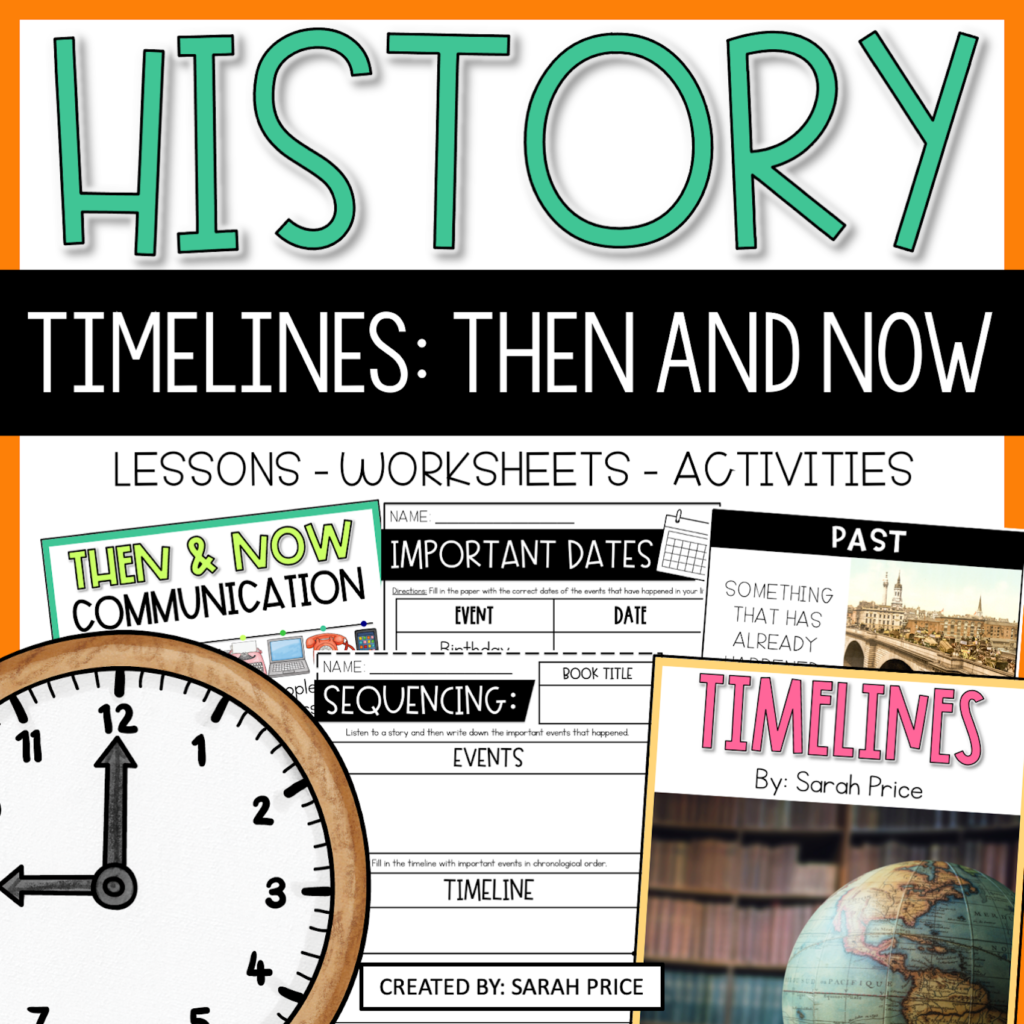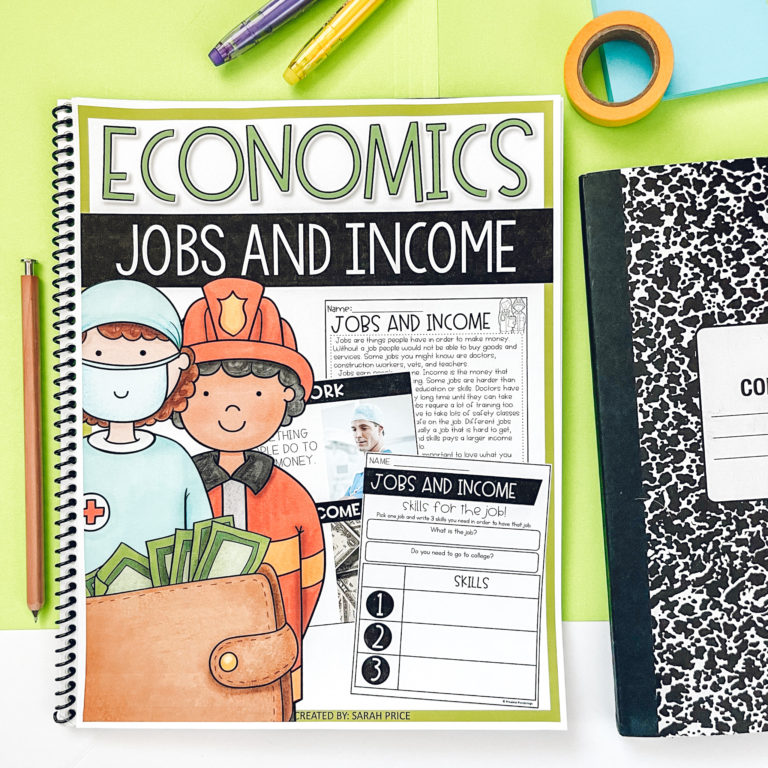How to Teach Kids About Timelines

Teaching kids about timelines can be a challenging task for teachers. After all, timelines are a relatively abstract concept, and it can be difficult to make them exciting and engaging for young learners. Fortunately, there are plenty of ways to make learning about timelines fun for your students. Let’s take a look at some of the best strategies for teaching kids about timelines.
The Basics First: teaching kids about timelines

Before you get too far into teaching your students about timelines, they must understand the basics. Introduce them to the concept of time by talking about days of the week, months of the year, and how they can measure time using clocks or calendars. Also be sure to share any important vocabulary words that they might need to know. Once they have a good grasp on these concepts, then it’s time to move on to more advanced topics like past events and historical figures.
Start With Storytelling

One of the best ways to introduce the concept of timelines is by using storytelling. Start by telling a story related to history or events that happened in sequential order. For example, you could tell a story like the Three Little Pigs or Goldie Locks and the Bears. As you tell the story, emphasize when certain points in time occurred and how they related to one another. This will help kids understand how a timeline works and what it looks like visually.
Create Visual Aids

Kids love visuals, so why not use them when teaching your students about timelines? You can create visual aids such as posters or charts that display information in an easy-to-read format. This will help your students better understand how different events fit together in time and how they relate to each other. You could even create physical timeline displays out of paper or poster board with pictures or descriptions attached to them.
Hands On Learning Activities: teaching kids about timelines
Once your students understand the basics of timelines, it’s time for them to create their own! Have them draw out a timeline with significant events from a historical period or use construction paper and other materials to craft their own timeline models. This will help them visualize how each event fits into place within its respective timeframe and helps them remember key facts on the topic better.
For older students, have them create digital timelines with tools such as Timeglider or Hstry that allow them to create interactive presentations with pictures and videos embedded into their timeline projects.
Use Visual Aids & Tools when teaching kids about timelines
Using visual aids like infographics or charts can help bring an extra layer of clarity when teaching kids about timelines. They can also use online tools like TimeMapper, which allows users to map out events on an interactive map and its accompanying timeline view – this is especially helpful for those studying world history! Tools like these give kids more freedom and creative flexibility when constructing their own timelines while still keeping things organized and easy to follow.
Save time with pre-made lesson plans for teaching kids about timelines

Teaching kids about timelines doesn’t have to be boring or overwhelming! With some creativity and careful planning, you can easily make learning about this topic both fun and engaging for your students. Try introducing basic concepts before moving on to more complex topics; use visuals to help explain more abstract concepts; and break down each timeline into smaller pieces so that students don’t feel overwhelmed by all the information at once! With these tips in mind, your class will soon become experts on timelining!
To save yourself some time creating these materials, check out my Timelines Then and Now Activities for Social Studies pack that has everything you need to get started.






